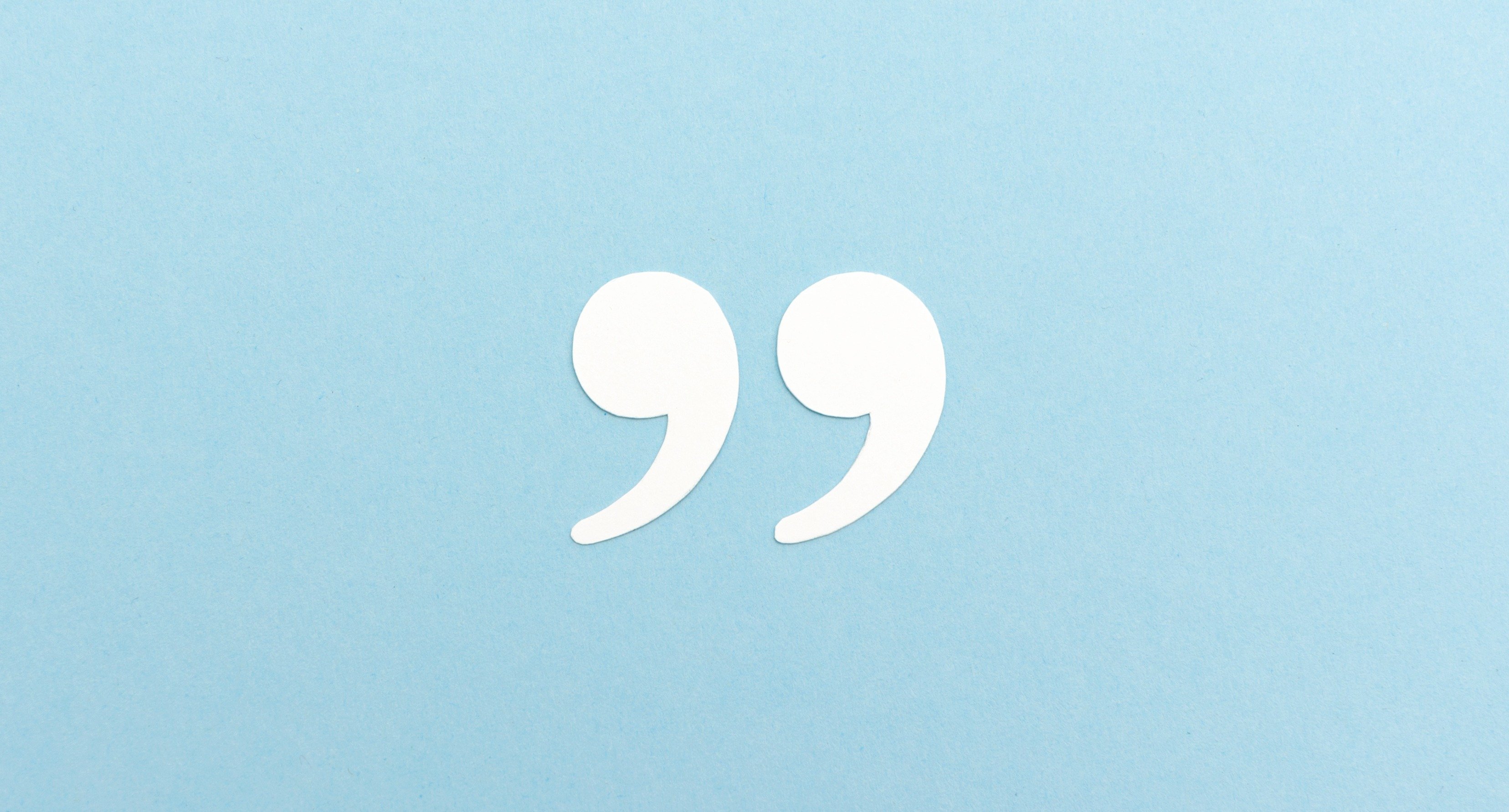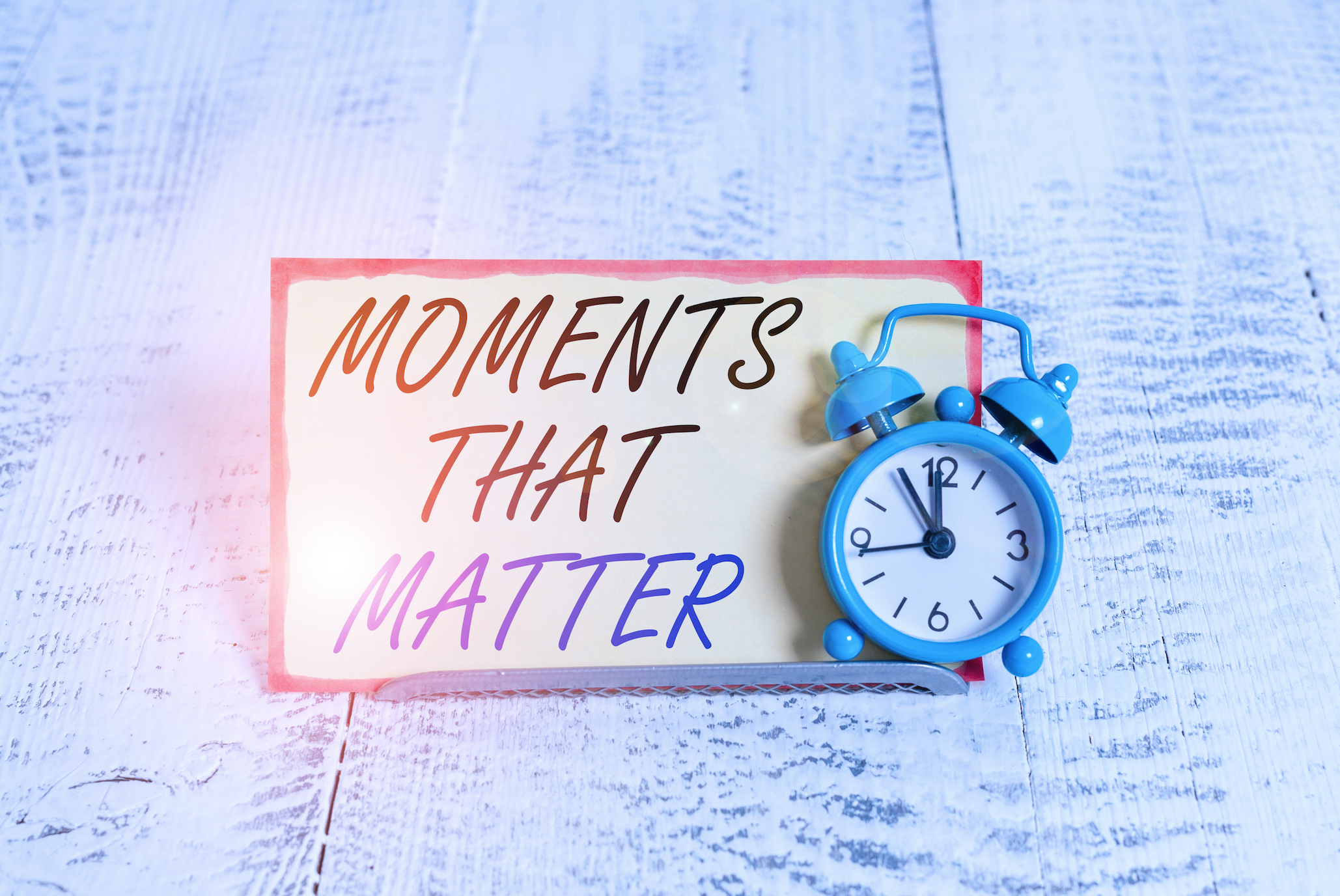In the incentive industry, there are two different ways to construct a merchandise-based catalog. The first method is called the plateau catalog in which there are set number of award collections and each collection has a set price point. The second method is called the lifestyle catalog in which awards are not grouped into collections; each item has a different cost. As managers work towards designing and implementing anincentive program, they are exposed to both types of catalogs leaving many people wondering which method is better.
Plateau Style Reward Catalogs
Plateau catalogs are easy to budget. If a person orders an item from the incentive program catalog, the company is charged a single price which may or may not include shipping. Reward program participants can browse the catalog by price, brand, item type or most popular. Since incentive program websites are programmed to tell participants how many points they have, a person can view just the collections he or she has enough points to spend.
As program participants reach reward program goals and earn points, they are able to determine how quickly they are able to earn points based on effort. The difference in cost between the collections increases as the cost of the collections increases. The lower collections have point amounts between five and ten dollars different while the higher collections may be hundreds of dollars different. Because the difference increases, the catalog is structured to encourage increased performance and participation over time. This makes plateau style reward catalogs work well for longer term incentive programs or those taking place for a year or more.
Often plateau style catalogs are used in safety programs or other incentive programs in which the goal of the company is to encourage desired behaviors. If it takes a person six months of working safely to earn a reward from the ten thousand point collection, then the individual will understand that if all he or she does is work safely, he or she can earn a reward from one of the lower priced collections. However, if the individual goes above and beyond working safely, then the person will be able to see the extra effort allows him or her to redeem from a much higher collection.
Lifestyle Rewards Catalogs
Since items in the lifestyle catalog can be at different prices, usually shipping of the item is factored into the cost of the item. Lifestyle catalogs either group items within a point range or by brand, item category or most popular. Since items are not grouped together by a single price, there is the potential to have more items than in a plateau style catalog. However, it is not easy for participants to browse the catalog and only look at the items they have enough points to order. Additionally, lifestyle catalogs are often not printed as the pricing makes a traditional catalog difficult to browse. This style of catalog can only be used in reward programs that are completely online or feature an incentive program website with limited printed supplements.
When incentive program participants begin to earn points, they are able to redeem sooner and not wait until they reach a certain point value. This makes lifestyle reward catalogs great for short term programs or those taking place for less than a year. Sales incentive programs and reward programs featuring contests often utilize lifestyle catalogs. This is due to the fact that people do not have to work towards the next level of rewards and can order items at multiple prices quickly.
Although there are many differences between plateau style and lifestyle rewards catalogs, one is not necessarily better than the other for your incentive program. I would recommend one style of catalog over another depending on what type of incentive program is in place and how long it will take place for.







Leave a Comment